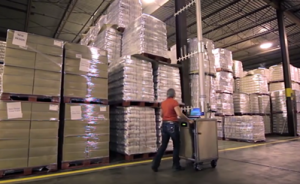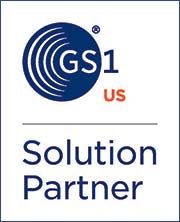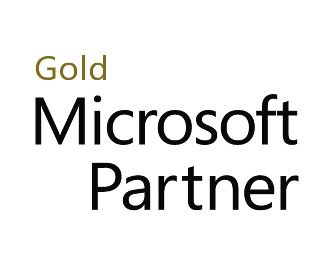When you’re a high-production, high-output business, you can’t use manual inventory management methods. The inefficiencies and inaccuracies hurt your profitability, and the lack of traceability can damage your brand’s reputation in the event of a recall.
While barcoding is a viable option for many businesses, your output may require something more robust — RFID. If you store an enormous amount of product, or if you have a closely packed warehouse, an RFID tracking solution is probably the most feasible option for your business.
Take, for example, companies in the food and beverage industry. Traceability is essential in any supply chain, but potentially even more so in this particular supply chain. Food manufacturers can’t risk manual inventory management and data entry — from either an efficiency standpoint or a traceability standpoint.
Implementing an RFID system will save you a lot of time tracking your inventory — so much so that you can go from spending a whole day counting just one item, to spending a mere three hours inventorying your entire warehouse. That’s how effective an RFID tracking solution is.
And as far as traceability goes, RFID allows you to track your inventory at the lot level. This capability provides you with all-new visibility into the state of your inventory, and your warehouse overall.
Even if the product is dense — like a bag of sugar, for example — or if inventory in your warehouse is stored close together, RFID technology can read tags through the product. If you have pallets containing 5-lb bags of sugar, and you’ve stacked several of these pallets one on top of the other for storage, your RFID readers and antennas will be able to read the tags on the sugar bags, even if the tags are on bags in the middle of the bottom pallet.

How does it work?
During packaging, each food item is tagged with an RFID tag to uniquely identify it. After production, when the items have been packed onto their pallets or shelves and are awaiting shipment, a worker with an RFID reader and antennas can walk through your warehouse to complete inventory.
Because it automatically collects the data about each item, you don’t have to worry about human error from manual data entry. The RFID reader sends the information to the computer, and your information is automatically stored in the system.
This also makes it easy to know when specific product leaves your warehouse. RFID readers at the shipping doors read the RFID tags on the items as they get loaded onto trucks, so you have accurate data on which products are leaving your warehouse.
For instance — if you are a sugar refinery, and you process sugar from 12 farms but sell to a retailer that wants sugar from only three of those farms, your RFID inventory system is a simple and accurate way to ensure that you ship the correct sugar.
Because all the sugar bags from those three specific farms will have their own unique RFID tags, which contain the specific farm information, you can quickly ascertain that the shipment is correct without worrying about any kind of manual error.
For more information on RFID inventory systems, check out our case study video below:





